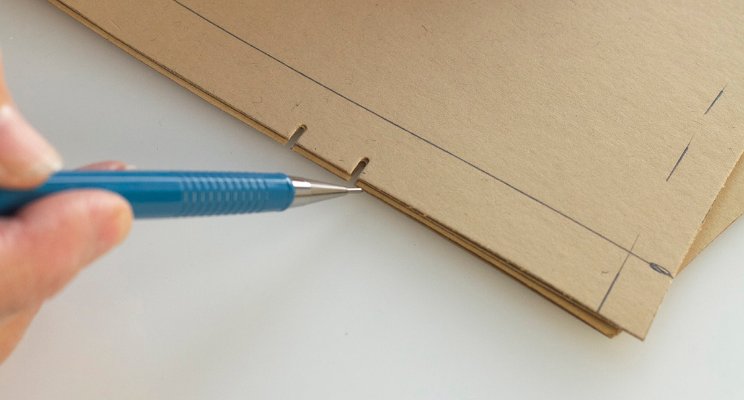insights
Pattern cutting underpins the whole of the clothing industry. Its as simple as no pattern, no production. I have no 'cool' pictures to show you, just the promise that pattern cutting and grading are skills worth developing and will give you the edge. For books to accompany the courses visit DigitalPatternCutting.com
Pattern cutting is such a hidden activity /trade /skill /call it what you will, but is vital to the manufacture of clothes. It is the blue print, the template, the starting point, be it card or digital or contained within the hands of the bespoke tailor. And if the pattern is well thought through, perfectly executed and clear, the rest of the production process flows well. My delight then to discover a podcast blog all about pattern making. Caroline and her co-blogger Kathryn open up the conversation to demystify and encourage pattern cutting with humour and insight. Of course I am a fan of anyone championing the cause and recommend them to you. Keep well everyone, Maggie
Fashionhalfcut.co.uk is where you will find the blog.
Check out Episode 3 to see what Caroline thinks of Workbook 1, as one of her top 5 pattern cutting books
Fashionhalfcut.co.uk is where you will find the blog.
Check out Episode 3 to see what Caroline thinks of Workbook 1, as one of her top 5 pattern cutting books

